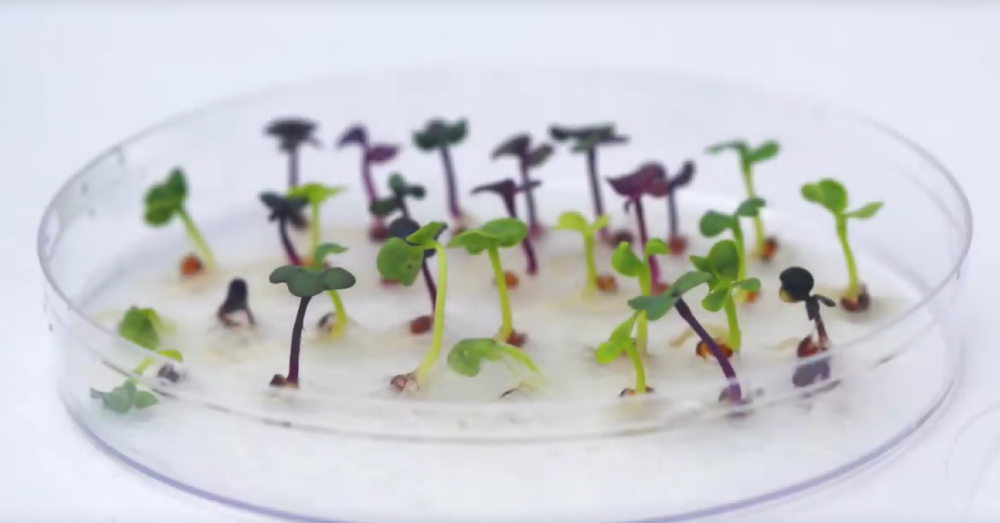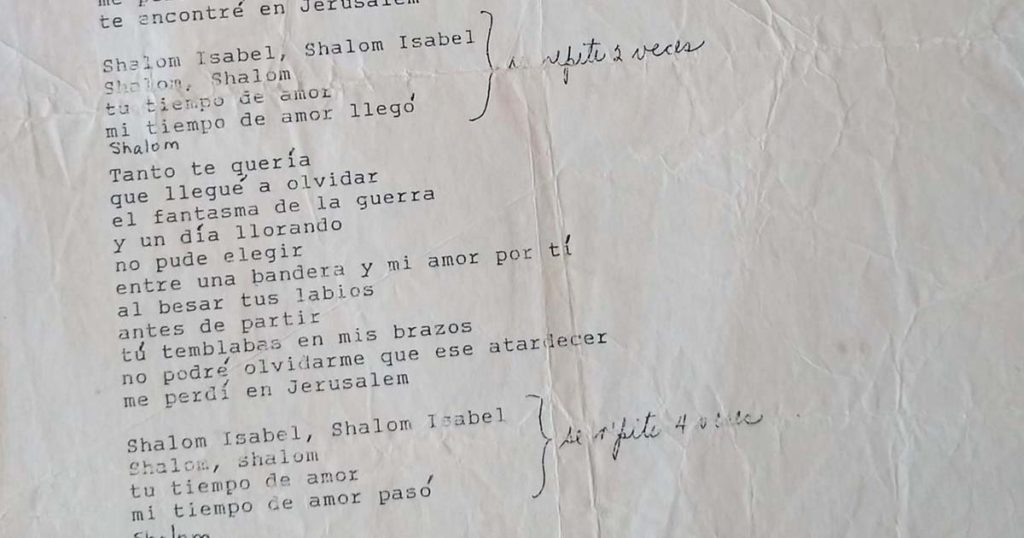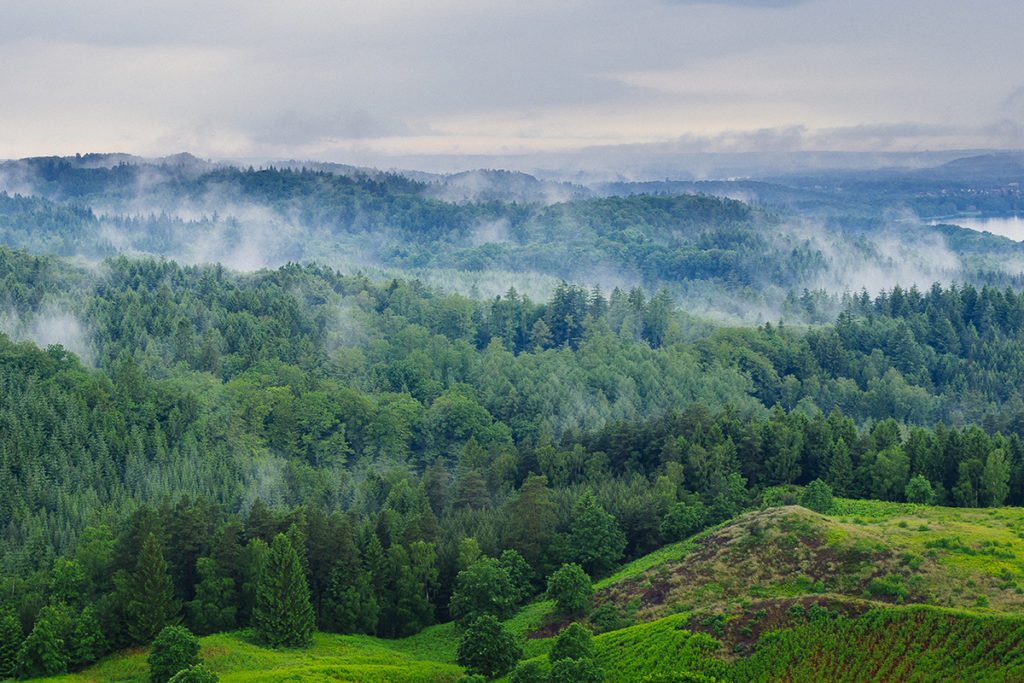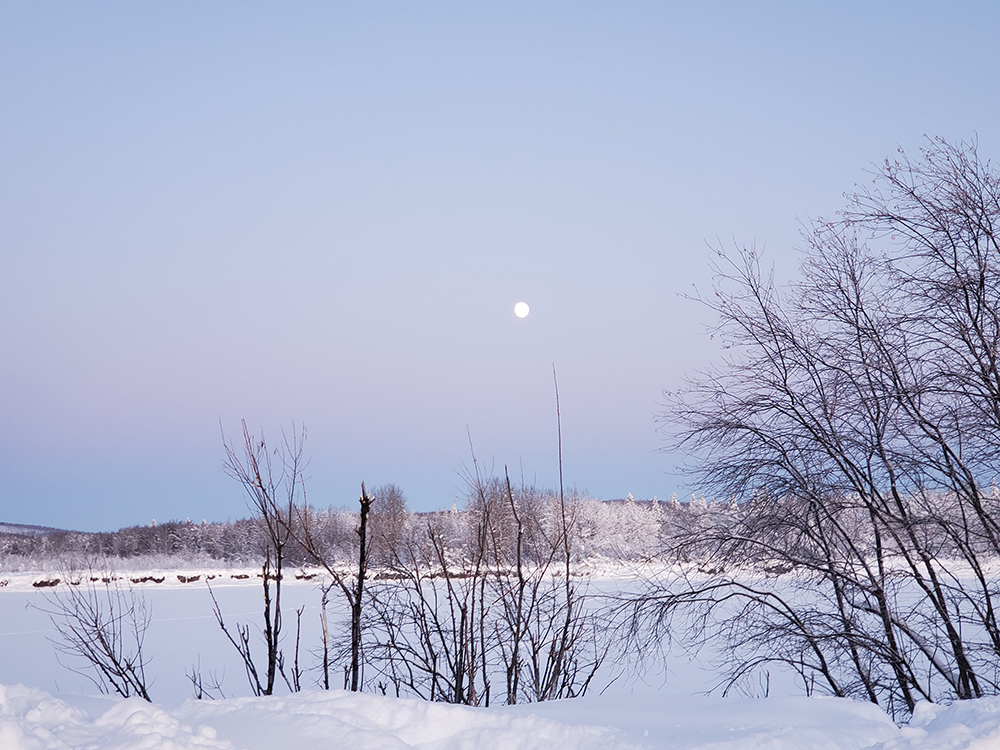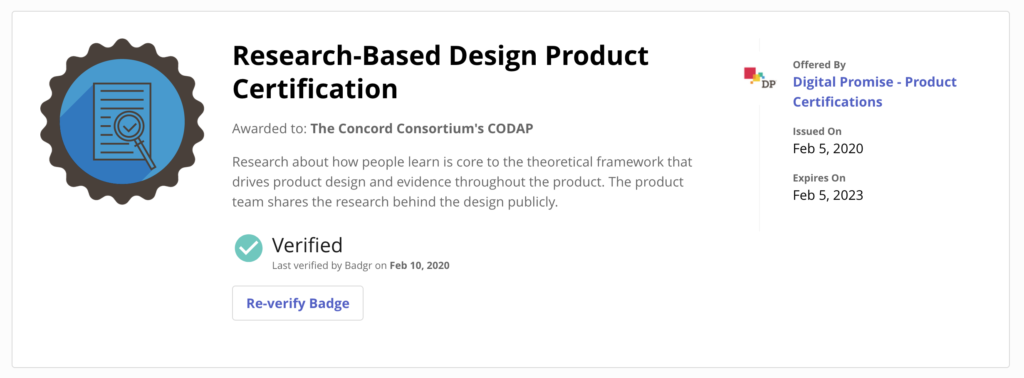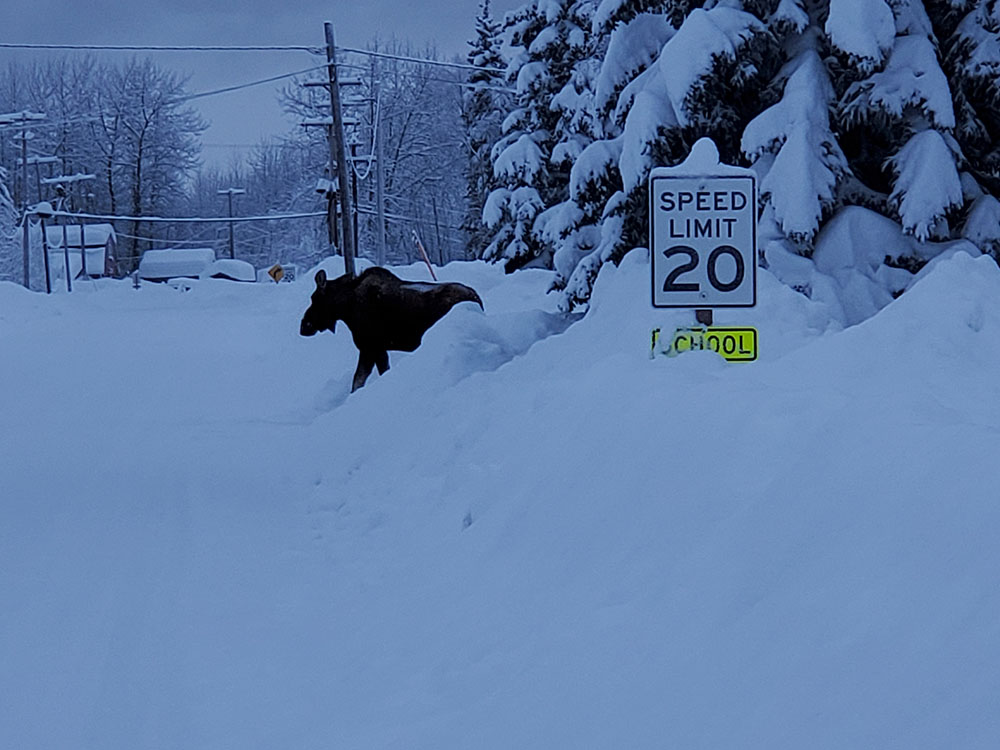Category: 2020
Let’s face it, three-dimensional teaching takes work. There are disciplinary core ideas (DCI), science and engineering practices (SEP), and crosscutting concepts (CCC) to pack in. A simple new tool may help biology classes reap the benefits of Next Generation Science Standards instruction with big payoffs. The 3D Teacher Moves Table, developed for a groundbreaking webinar […]
“Warm wet winters with westerly winds.” That, says Paul Horwitz, “is the only thing I remember from Mr. Taylor’s sixth grade class. He was my favorite teacher, though.” (Paul was attending the Overseas School of Rome at the time, and the alliteration describes the Mediterranean climate.) To celebrate Teacher Appreciation Week, we shared stories of […]
Note: This blog post was first published on GettingSmart.com. We are living in an extraordinary moment in time. We will remember this global pandemic for decades and longer. Though the events happening now will last in our memories, the many changes that are sure to ripple forward will persist everywhere from our habits to our […]
Today marks the 50th anniversary of Earth Day. This holiday is devoted to our amazing planet and the resources we rely on. It is traditionally a day of environmentalism, devoted to sustainability and minimizing human impact on the environment. Earth Day 2020 comes in the midst of the COVID-19 pandemic that has radically changed our […]
Andy Zucker was a senior scientist at the Concord Consortium. Penny Noyce served on the Concord Consortium’s Board of Directors. Andy Zucker and Penny Noyce, both formerly associated with the Concord Consortium for many years, created a free one-week curriculum unit for grades 6-12 called Resisting Scientific Misinformation. The unit includes four short videos especially […]
Our Precipitating Change project has been exploring the science of weather and weather prediction with students in Alaska. We’ve been assisted by someone many Alaska students recognize, Jackie Purcell, chief meteorologist at KTUU Channel 2 in Anchorage. Jackie gets around, and not just on television. At the Alaska State Fair, “I run into folks from […]
We are delighted to announce that our Common Online Data Analysis Platform (CODAP) has earned the Research-Based Design product certification from Digital Promise. The new product certification is intended to serve as a rigorous, reliable signal for consumers, including school administrators, educators, and families looking for evidence of research-based educational technology products. CODAP is easy-to-use […]
Alaska is a place of superlatives. It is so big it encompassed four time zones until 1983, after which most of the state, except for the far western Aleutian Islands, was consolidated into what’s known today as the Alaska Time Zone. Its weather is colossal, too, blowing so fierce and frigid in the winter it […]
All volcanic eruptions are dangerous. Some are more dangerous than others. Volcanic eruptions range from slow, relatively gentle flows of lava to explosive eruptions of gases, ash, and rock. Our Visualizing Geohazards and Risk with Code project (GeoCode) challenges students to model tephra volcanic eruptions (tephra refers to all particles ejected explosively from a volcano, […]
